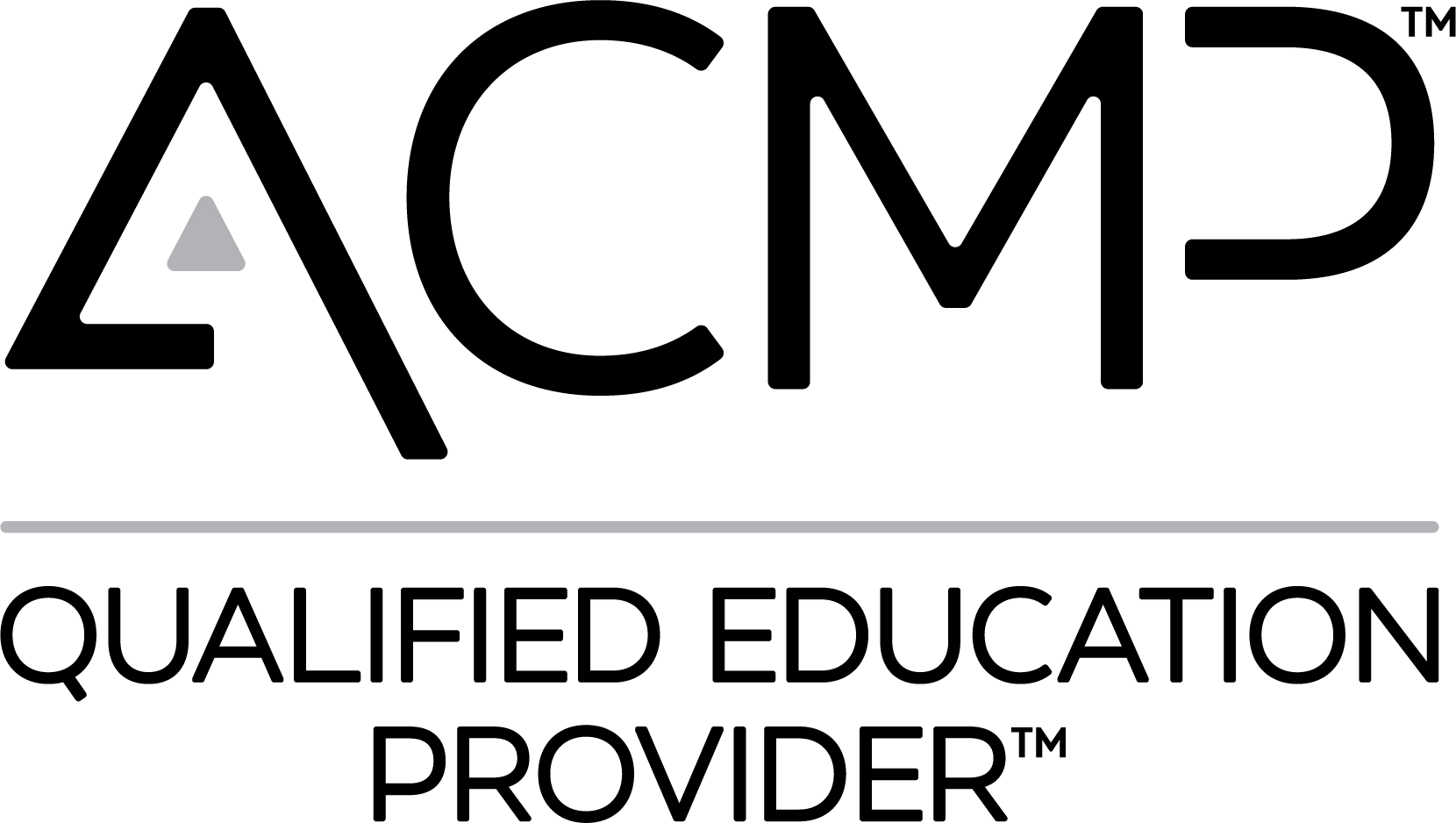When Change Arrives Uninvited
Change is here—maybe a reorg, a new strategy, a shifting market. You didn’t vote for it, yet it’s happening. If you’ve caught yourself wondering, “Where did all my power go?” you’re not alone. At Change Enthusiasm Global (CEG), we help leaders and teams navigate moments exactly like this. The surprise is that in the very moment you feel most powerless, you often have more influence than you think.
In this guide, we’ll cover:
- Why “power over” leadership styles can derail change readiness—and the alternative that works
- The secret most employees aren’t told about their power during change
- Three questions to ask yourself right now to make this change work for you, not against you
- Practical scripts and tactical moves you can use this week
- A free resource to help you lead with Change Enthusiasm®
Let’s get it.
Leadership Style Matters: “Power Over” vs. “Power With”
There’s a leadership reflex that shows up during disruption: command and control. Orders come down. Deadlines tighten. Emotions and ideas get sidelined in the rush to “execute.” Brené Brown’s distinction is useful here: “power over” (I decide, you comply) versus “power with” (we engage, we co-create, we move together).
Why “power over” backfires in change:
- It amplifies powerlessness. When direction is barked without dialogue, people feel the change is happening to them. Readiness drops.
- It ignores lived wisdom. Frontline employees and middle managers carry critical context. Excluding them breeds errors and resistance.
- It drains energy. Without voice, autonomy, or acknowledgment, motivation erodes—even among high performers.
The alternative—power with—looks like this:
- Leaders enroll rather than dictate, inviting input on how to deliver the outcome.
- Teams are empowered to adapt plans based on realities on the ground.
- Emotions are named and normalized so they can be channeled into productive action.
If you lead people, adopt power with. If you don’t hold formal authority, you can still model it: invite perspectives, surface risks early, and co-design next steps with your peers.
The Secret About Your Power in Change (That You May Not Hear)
Here’s what many organizations forget to say out loud: the change needs you. Your leaders need your enrollment, your energy, and your ideas. Without that, the best strategy on paper stalls in execution. That means—even without a new title—you hold significant power right now:
- Power to choose your stance toward the change.
- Power to shape your experience and reputation through your behavior.
- Power to steer your development and next role by making your aspirations and needs visible.
You may not control what is changing, but you have an outsized influence over how you show up and what you get from it.
Three Questions That Reclaim Your Agency
Use these prompts to turn disruption into an inflection point for your growth and career.
1) How do I want to grow?
Aim this inward. Think character and capability, not titles.
- Curiosity: How will I ask better questions and test assumptions faster?
- Empathy: How will I stay connected to people’s real experiences during uncertainty?
- Intuition & judgment: How will I strengthen decision-making with incomplete data?
- Innovation & execution: Which skills (analytics, stakeholdering, facilitation, product sense) will I deliberately practice?
Make it concrete: Pick two growth behaviors and define visible evidence for each.
Example: “I’ll practice curiosity by asking three clarifying questions before proposing a solution in stakeholder meetings. I’ll practice innovation by prototyping one low-risk experiment per sprint.”
Micro-script to share with your manager:
“Change is a great moment for me to sharpen curiosity and stakeholder facilitation. I’m planning two experiments next month; can you watch for them and give me feedback?”
2) Where do I want to go?
Now look outward. What destination are you aiming for?
- Role trajectory: Do you want people leadership? A principal/expert track? A cross-functional pivot?
- Scope: Are you ready for larger, ambiguous problems—or do you want depth in a specialized lane?
- Domain: What industries, products, or customer segments excite you?
Make it concrete: Draft a one-page “destination brief”:
- Target role or scope (6–18 months)
- Key experiences I need to be ready
- Three projects or responsibilities that would accelerate me there
- Potential sponsors/mentors to engage
Micro-script for a career conversation:
“I’m energized by transformation work and want to move toward a product operations lead role in the next 12–18 months. Could we craft project work that builds my change management and cross-functional influence muscles now?”
Pro tip: Loop in trusted mentors to refine your aim. Change windows often shake loose opportunities—raise your hand with clarity while the org is re-configuring.
3) What is my communications strategy?
Yes, you need one. Comms isn’t just for execs and corporate PR. Your personal communications plan keeps you resourced, visible, and aligned.
Define the cadence and audience:
- Manager 1:1s: Weekly/biweekly syncs with a standing agenda (risks, dependencies, decisions needed, growth updates).
- Key stakeholders: Short, structured updates (status, what’s changed, what you need) at a frequency that prevents surprises.
- Mentors/sponsors: Monthly pulse on progress and asks (exposure, feedback, introductions).
Outline your message pillars:
- Clarity: What outcome you’re delivering and how you’re measuring progress
- Candor: What risks you see and what help you need
- Contribution: Where you’re taking initiative, what you’ve learned, and how you’re sharing it with others
Micro-templates you can steal:
- Weekly update (Slack/Email):
“This week: Completed X; started Y. Risks: Z is trending late due to A; proposed mitigation B. Decision needed: Green-light B by Thursday. Next: C and D. Help: Intro to E.” - Manager 1:1 opener:
“Three things for today: a decision on scope, a heads-up on a dependency risk, and feedback on how I facilitated last week’s workshop.” - Stakeholder checkpoint:
“We’re still on target for the milestone, but the data dependency has slid two days. If we move approval to Tuesday, we avoid downstream thrash. Align?”
Your comms strategy is how you shape perception, secure support, and reduce friction—which all increase your power in the system.
The Change Enthusiasm® Lens: Turning Emotion Into Momentum
CEG’s Change Enthusiasm® framework helps you process the emotional spikes that come with disruption so you can move from reactivity to choice.
- Signal Spotting: Name what you’re feeling without judgment (frustration, fear, excitement). Emotions are data.
- Opportunity Framing: Ask, “What might this moment be offering me/us?” (A new skill, visibility, a process fix, a stronger relationship.)
- Choice Making: Pick one next action aligned with your growth and the business outcome.
Applying this lens to the three questions:
- Feeling anxious about scope creep? Spot it → frame it as a chance to learn boundaries and escalation → choose to draft a scope one-pager and align stakeholders.
- Feeling sidelined in decisions? Spot it → frame it as a chance to refine your influence map → choose to schedule a triad sync with the two most impacted partners.
Repeat those moves and you transform the change from an energy drain into an engine.
Practical Moves You Can Use This Week
If you lead a team (formal authority):
- Shift from “power over” to “power with” by co-creating the how. Share the outcome, then ask, “What’s the smartest path?”
- Invite emotional reality: “What’s one signal you’re noticing this week—frustration, overload, optimism? What’s one choice we can make to move?”
- Sponsor loudly: Put emerging leaders in rooms where decisions happen; credit their contributions in front of senior stakeholders.
If you’re a team member (informal authority):
- Host a 20-minute “change huddle” to surface risks and opportunities early.
- Offer to prototype a thorny process area for two weeks and report back.
- Share a one-pager “destination brief” with your manager and ask for one project aligned to it.
Scripts for Tricky Moments
When a leader is in “power over” mode:
“I hear the urgency and the outcome we need. Could we take 10 minutes to pressure-test the path—there are frontline constraints we can solve now that will save time later.”
When you feel stripped of agency:
“I want to do this well and grow through it. Here’s the contribution I can own, the support I need, and how I’ll keep you updated.”
When you need to push back with partnership:
“To hit the date without burning out the team, we can deliver A and B at quality. C would require either extending the timeline or adding two contributors. Which trade-off do you prefer?”
When aligning on your comms plan:
“For the next eight weeks, I’ll send a Friday status with decisions needed, and book a 15-minute Tuesday holds for anything hot. Does that cadence work for you?”
Common Pitfalls (and Better Alternatives)
Pitfall: Waiting for perfect clarity before you act.
Better: Act on sufficient clarity; build learning loops that refine as you go.
Pitfall: Treating all emotions as noise.
Better: Treat emotions as signals understanding some may be just noise. Name them, learn the difference, then use the signals to make better choices.
Pitfall: Assuming your manager knows your aspirations.
Better: Put your “grow” and “go” on paper; ask for specific experiences that move you there.
Pitfall: Broadcasting updates with no asks.
Better: Every update ends with a clear decision, risk, or resource request.
Bringing It All Together
Leadership style and power dynamics shape how ready people feel for change. Power over breeds resistance; power with unlocks enrollment and execution. Regardless of your title, you hold meaningful power right now. Reclaim it by asking:
- How do I want to grow? (Choose two behaviors to practice.)
- Where do I want to go? (Write your destination brief; socialize it.)
- What is my communications strategy? (Define cadence, audience, and message pillars.)
Make those choices, and you’ll turn this disruption into a launchpad—both for the business and for your career.
As Cassandra says: Keep growing—and keep rocking.
Free Resource: Start Leading With Change Enthusiasm®
If you’re feeling overwhelmed or powerless in the midst of change, we’ve got you. We’re gifting a free chapter from Cassandra Worthy’s book Change Enthusiasm: How to Harness the Power of Emotion for Leadership and Success. It introduces the Change Enthusiasm® mindset and gives you research-backed tools to make change work for you.
MORE
INSIGHTS
What To Do When You Get Laid Off: A Change Enthusiasm Guide
Getting laid off can feel devastating, but it doesn’t define your worth. Learn how to process the emotional impact, regain clarity, and move forward with five powerful self-guiding questions rooted in the Change Enthusiasm® mindset.
How to Navigate Constantly Changing Priorities at Work
Set Intentions, Not Destinations By Change Enthusiasm Global In today’s workplace, one thing is certain: priorities will shift-often without warning. Whether you work in healthcare, tech, retail, finance, or manufacturing, the expectation to rapidly pivot has become part of the modern professional experience. But here’s the truth that most organizations overlook: Frequent priority changes aren’t … Read more
How Leaders Influence Change: From Executive Sponsor to Executive Example
Leadership doesn’t just direct change—it signals it. Learn how to move beyond executive sponsorship into executive example, and use three influence tools (verbal, non-verbal, and actions) to enroll your entire organization in transformation.










